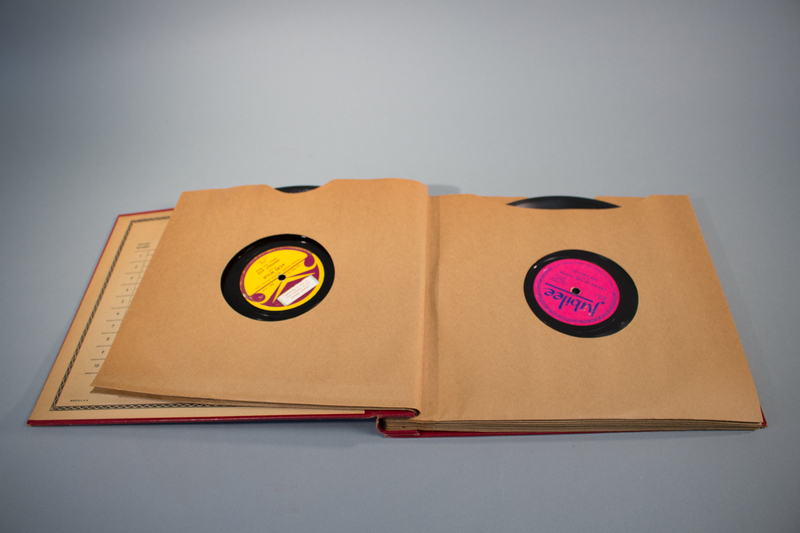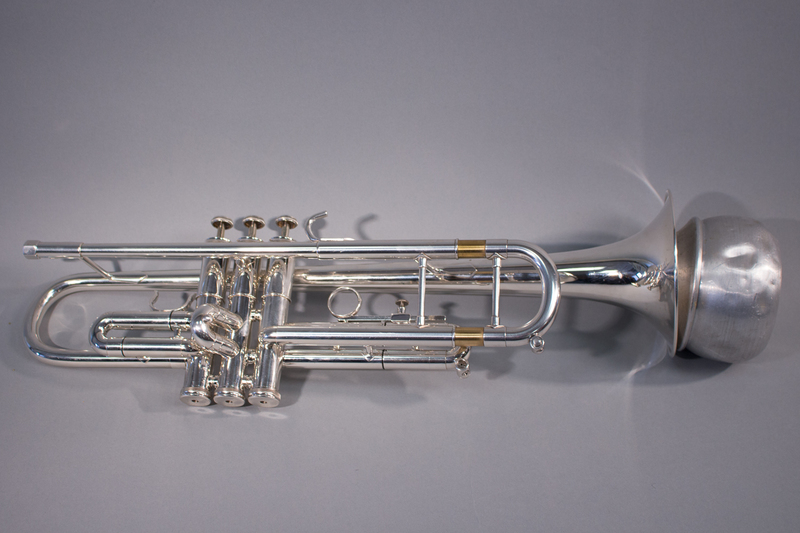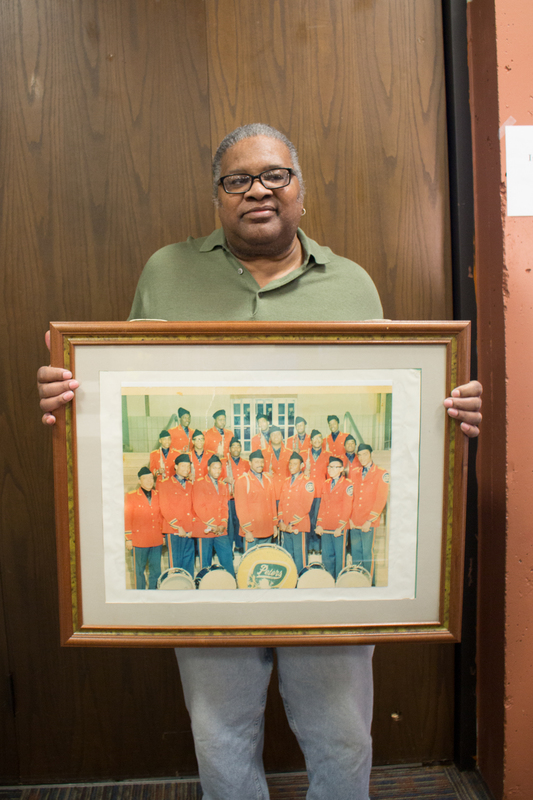Music and Cultural Expression in Rondo
In Folklore of the Freeway, a book discussing community protest, commiseration and resilience in the face of highway construction, Eric Avila writes about the importance of a variety of folkloric methods of cultural expression in recounting history. In doing so, he writes, one “moves beyond the simplistic narrative of victimization to explore a dynamic relationship between structure and culture.” Avila writes about art as an important factor of studying anyone’s history, as it is a chance to hear expressions of traditionally marginalized groups. More specifically, by studying the music of Rondo we can learn a great deal about the community’s history, culture, inequities, values, and daily life.
Studying the music of Rondo helps to situate Rondo in the larger context of a national cultural moment. We can see this in the Rhythm & Blues album collection of Gloria Massey. In her interview, she discusses how her collection represents “great artists of the time,” including Ray Charles, Fats Domino, Dinah Washington and many more. The majority were Black jazz, R&B, and blues musicians. All three of these genres were established by Black artists, and are historically considered to be important Black cultural traditions.
Music is representative of more than just a current culture a community exists in, but also its history. In Mary Kallen Murray Boyd’s oral history about Rondo, she recalls how important “songs of emotion that were created by his people,” were for her father, a professional vocalist in Rondo. These songs were a way for her to relate to his own history and those of his people. The importance of listening to Black musicians seems to be prevalent in Massey’s records. Rhythm and Blues is famous for its articulation of emotion, especially by Black musicians, and in her collection and interview we can see how she valued this as well. People in Rondo were clearly part of a larger national culture of Black music.
The trumpet of Melvin Whitfield Carter is also indicative of this. In his interview with the Rondo Oral History Project, he talks about how music was a unifying point in his community for both himself and his father. He performed in the St. Paul Claver band, which performed at community events, picnics, and parades around the neighborhood. Carter explained that high school members of the group were very popular, and were regarded as important presences in the community. Music was always important for Carter, as he continued to play in jazz groups in the community for the rest of his life. Both his trumpet and music itself was clearly a defining aspect of his experience and associations of Rondo.
As we see in both the St. Paul Claver band and Gloria Massey’s love for blues, jazz and R&B is an opportunity for the members of Rondo to represent themselves culturally. By studying the rich cultural products and community building, we can understand Rondo as a whole, thriving community. The fact that all of these artifacts were created by Black voices makes space for a previously underrepresented narrative. Additionally, in African Americans in Minnesota David Vassar Taylor writes about how music supports community in the Twin Cities; “the vitality of the Black musical tradition served to underscore the continued growth and vitality of Black churches in the Twin Cities.”
Another unifier of the Rondo community and opportunity for cultural expression was the Gopher Elks Drum Corp represented in the photo of Lester O. Mays in the collection. In his interview Mays discusses the photo. “When we would practice everyone from Lexington to Virginia street, from Selby to University, would come to hear us practice. We would practice through the whole neighborhood,” he recalled. Myles talks of this time with great pride and joy. His group served as a uniting force in Rondo, creating a common and shared experience for the whole community.
These three artifacts are revealing of several more dynamics within Rondo as well, for example traditional gender roles. Those represented in more public spaces, such as the Gopher Elks Drum Corps and in the Saint Paul Claver band are all men. Men in these positions held important roles in the public, as figureheads of important community organizations. Gloria Massey’s artifact, however, represents a much more private space, of music played in the home. From these artifacts we know that members of Rondo still held on to traditional roles of gender, and that this was represented in cultural expression.
From all three artifacts, it is obvious that music was an important aspect of everyday life in Rondo. For one, it served as a source and architect of community, in the overall valuation of drum groups and those who produced the music. It was also a major hallmark of shared cultural experience. The significant presence of music-related artifacts in the collection points to the fact that music was highly valued in the Rondo neighborhood. Through music, residents were connected to both each other and a national Black cultural community.


